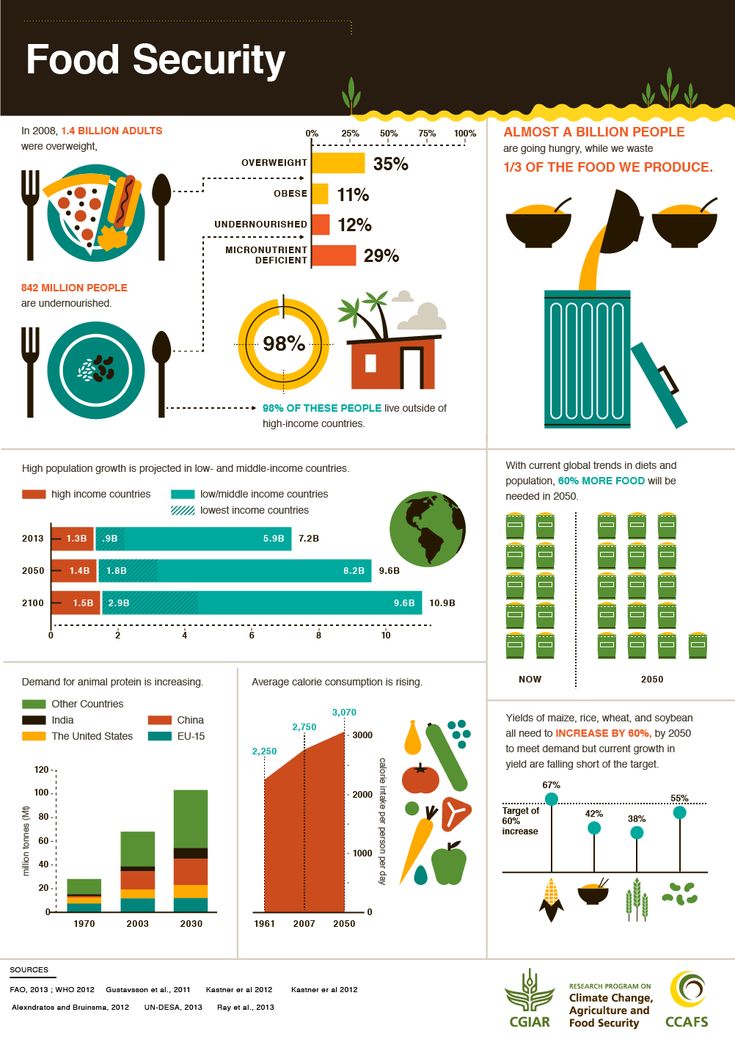BEYOND JUST FOOD SECURITY
June 4, 2022 | Expert Insights

The American PL 480 Act is a shameful memory on India’s collective consciousness, as it reminds us of an era of food scarcity. Even two decades after its Independence, India was a net importer of food grains, and its millions were dependent upon international donors to put food on their plates. The situation had become especially acute after two back-to-back droughts in 1965 and 1966.
Background
The green revolution changed the situation dramatically, and today India has self-sufficiency in food production. In fact, it has become an exporter of various food grains and dominates the global rice market with a share of 42 per cent. In the global fish and fish products market, India occupies the third position. While India's population has increased three-fold since 1947, the food grain production has more than quadrupled.
In addition to growth in total output, agriculture in India has shown an increase in average output per acre since Independence, and there has been a substantial increase in available food grain per capita.
Yet, is this ensuring that the population has adequate nutritious food like other developed countries? Sadly no, because the recently released Global Hunger Index data shows India has the highest child wasting (low weight-for-height) rate of all countries.

Analysis
Food security is undergoing a paradigm shift in India today. What was meant by food security in the 1960s, when there was a food deficit, was mostly carbohydrates. Since then, the approach has been to achieve even higher yields to diversify agriculture and simultaneously move towards nutrition security. However, India has not fully met the need for nutrition security as the focus remained on carbohydrates because the technology was mostly around cereals.
As per Dr Ashok Dalwai, CEO of the National Rainfed Area Authority (NRAA), Ministry of Agriculture and Farmers' Welfare, on the diversification front, the country has recorded great successes. Horticulture, which contributes primarily to minerals, vitamins, and other kinds of micronutrients, has gone up by ten times compared to what it was in 1951. Its output, mostly consisting of fruits and vegetables, has surpassed the output of food grains. Even the livestock and fisheries sector are contributing to the nutrition of the Indian population today.
The latest data based on a Situation Assessment Survey of Agricultural Households and Land and Livestock Holdings of Households in Rural India shows that the share of livestock and fishery vis-à-vis that of the crop segment is more than what it was in 2012-13. So, India produces 18 million tons of meat, and 205 million tons of milk, which are multiple times the production in 1951.
Notwithstanding this, the country's population continues to be at a deficit in proteins, fats, minerals, and vitamins, even as carbohydrate security has been achieved. There are many reasons for this, says Dr Dalwai. Firstly, even while we make adequate quantities of minerals, vitamins, and other micronutrients available to people, there is a lack of awareness about the importance of a nutritious and well-balanced diet. Secondly, unhealthy lifestyles have contributed to nutritional deficiency.
Equally important is ensuring reasonable high-income levels for the agriculture sector. The income for the farmers cannot be disengaged from the moral responsibility to achieve food and nutrition security. After 74 years of Independence, 48 per cent of the population continues to depend on agriculture directly and indirectly. The focus would be to diversify from paddy and wheat centricity to millet, pulses and oilseeds, which have the advantage of being climate-resilient. Therefore, in the context of climate change, they are more suited to withstand the pressures of rising temperature, rising frequency of the high weather and the truancy of the rainfall.
If we want to induce the farmers to continue to practice agriculture, then the only approach is the employment opportunities, which are now considered an underemployment disguise. In seeking to achieve enduring food security, India is promoting agriculture as an entire value system integrating pre-production, production, and post-production processes. Importance is being placed on ensuring top-notch agri-logistics in terms of storage and transportation so that there can be a seamless flow of goods and services from farm gates located in one part of the country to another. Similarly, marketing and food processing are being given due attention.
Also, in a shift from age-old tradition, the country is trying to break the monopoly of existing cooperative marketing systems. Since the onset of the pandemic, there has also been a robust response to online trade platforms. Farmers have begun to learn how to utilise and generate value from these platforms to reach out to different markets.
Countries like New Zealand and Australia heavily support the agricultural sector to earn foreign exchange. For the Indian farmer, too, exports promise a lucrative way to add to the country’s coffers. India has a food export target of US $ 66 billion by 2024, almost doubling its 2018 export figures. Towards this end, the “One District One Commodity” programme promotes a particular crop in a particular district and teaches the farmers how to adopt new technologies and new varieties that meet the standards that are demanded in different continents.
Assessment
- As agriculture transits from monocropping and mono agriculture to diversified total forms of agriculture, the greater focus certainly would be on horticulture, livestock, fisheries, and aquaculture. Along with higher income for farmers, the food would be more balanced and nutritious.
- The Ukraine conflict has brought to the fore the startling revelation that even in the 21st century, the world can run out of food due to conflicts and natural causes. Food exports are a valuable source of earning foreign exchange, and with a few innovative measures, India can easily become the granary of the globe.








Comments